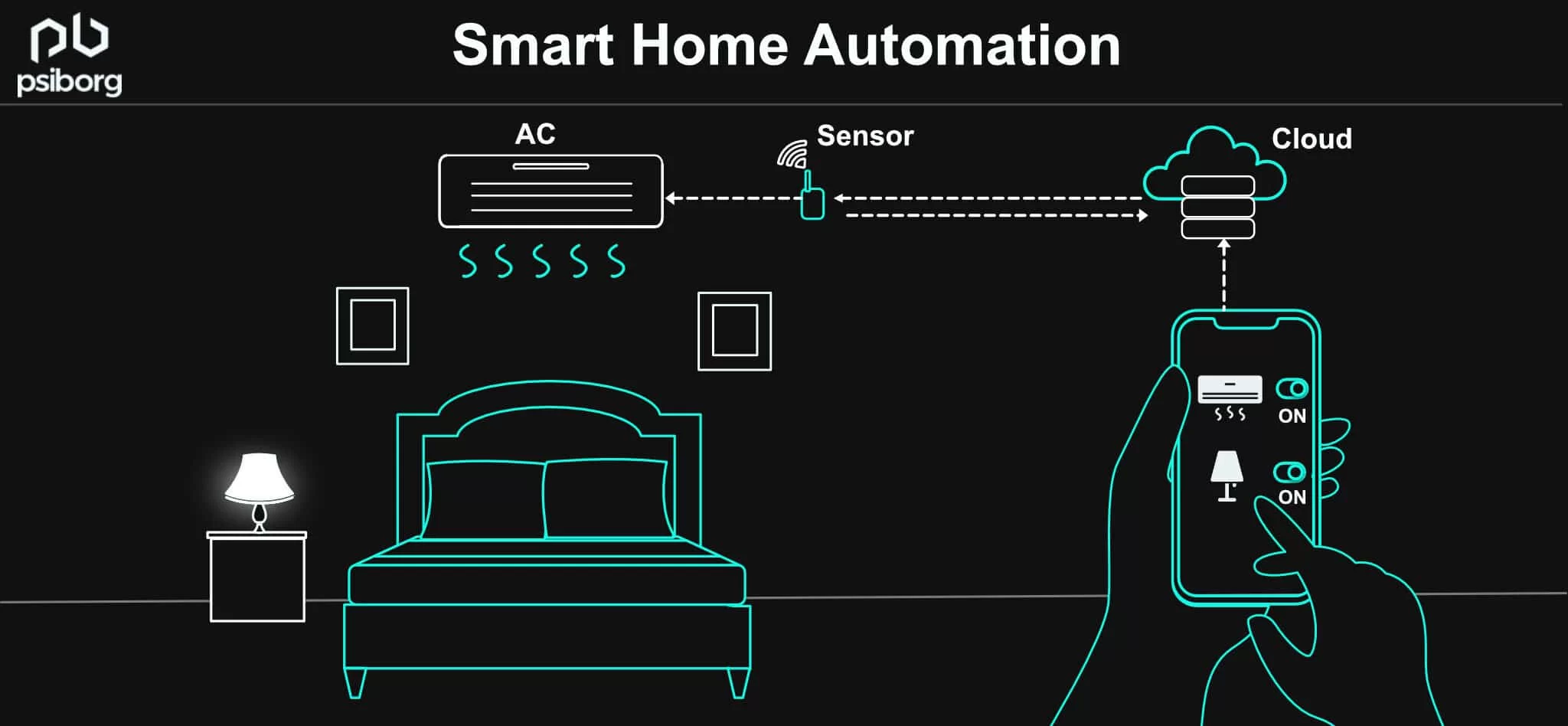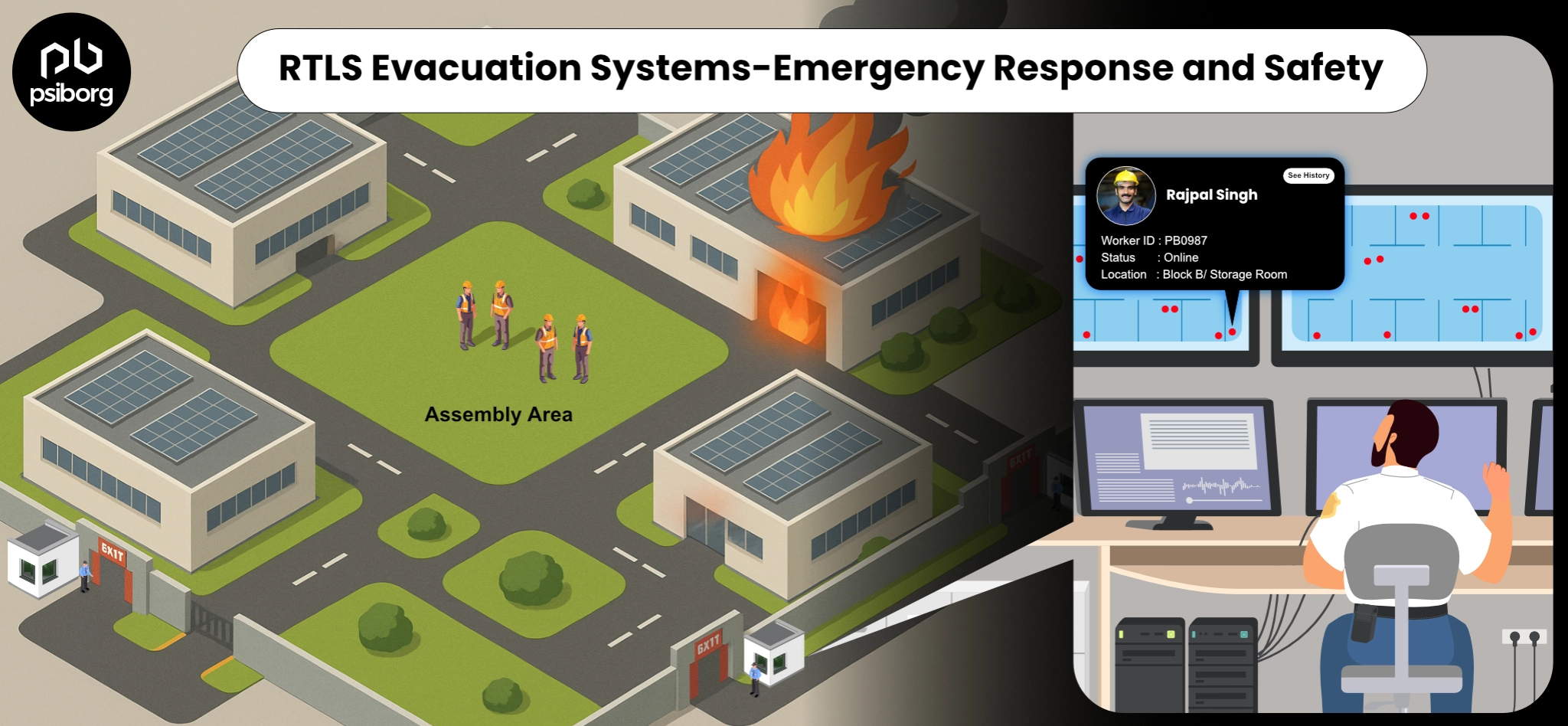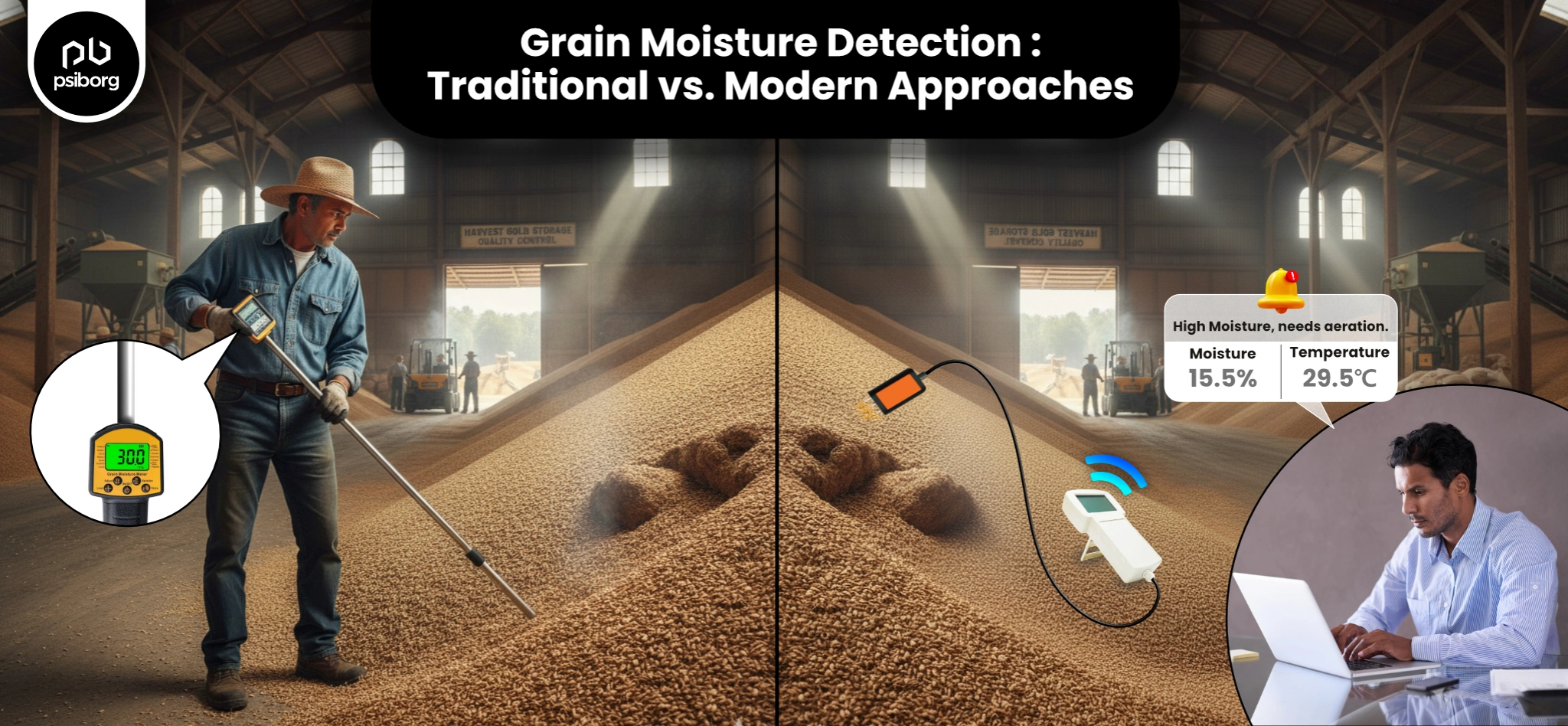WHAT IS A SMART HOME APP?
The IoT-based home app, also referred to as a home automation app or a smart home automation app, is an application that helps remotely control and manage connected appliances/devices in the home, usually from a smartphone or tablet.
Smart home apps can be single-purpose, such as for controlling smart light bulbs to automate and manage a home’s lighting system. Some smart home apps can automate and control other smart home elements such as heating and air conditioning, entertainment systems, doors and windows, window coverings, security systems, water sprinklers, and appliances. Such apps are examples of multipurpose smart home apps.
With the help of suitable sensors, smart home apps can also be used to keep a watch on systems and environments and dispatch an immediate alert on sensing anything amiss.
Also, we can monitor and control the turning ON/OFF of the water pump sensing the level of water in the tank, In the same way, the smart home App turns the AC on sensing a rise in temperature.
REASONS WHY SMART HOME APPS ARE GETTING POPULAR
The world is becoming modernized with technological advancements, and IoT based home automation is a part of this trend. Smart home automation apps provide the convenience and comfort of using your phone to manage your house appliances.
So, here are some of the reasons why you should go for home automation app development:
1.RAPIDLY EVOLVING DEVICES AND CUSTOMER EXPECTATIONS
All the new generations of home appliances and the whole household infrastructure, including ventilation and lighting, are getting connected via IoT and turning smart. Customers expect to get more intelligent goods, and the market responds. Meanwhile, smartphones work as one-stop access points to control and monitor all these gadgets and gizmos.
2. EASILY AVAILABLE HARDWARE PARTS
It’s comparatively less expensive and easier to build smart home prototypes, experiment with functionality and connectivity, and create smart home MVPs than, say, 10 years ago. The IoT hardware market is booming. Microchips, sensors, boards, components, and ready-to-use kits are diverse and becoming increasingly affordable and accessible.
3. EXPANSION OF IOT CLOUD PLATFORMS AND SERVICES
Rapid expansion and upscaling of IoT cloud platforms and services are being seen, in both quantity and quality. Major IoT cloud platform providers such as Amazon, Google, and Microsoft offer all-in-one solutions for data analytics, security, and network and device management. They are quite flexible in terms of customization and cost. Also, there are smaller players in the market like Blynk and Upswift that power IoT projects on a budget or even for free. all.
4. STRINGENT ENVIRONMENTAL STANDARDS AND REGULATION
Stiffer regulations on the environment are bringing about a wider adoption and popularity of smart home apps. Certain categories of smart home systems such as smart electricity meters play an important role in local and national programs for environmental protection. These technologies need to be compulsorily installed in countries like the UK and the US. Other forward-looking countries like the Netherlands, for example, are leading the concept of smart districts where home automation technology is integrated into every single household.
SMART HOME APPS ARE BUILT FOR VARIOUS SYSTEMS
- HVAC systems
- Energy Management Systems
- Security systems
- Lighting systems
- Health and Wellness
- Home appliances and furniture
- Virtual Assistants
- Entertainment systems

FEATURES THAT EVERY SMARTPHONE APP MUST HAVE
If you have come this far reading the blog, it’s obvious that smart home automation app development is on your mind. So before going for home automation app development, let us tell you some of the important features that you must look for in your smart home app.
1. ONBOARDING AND SET UP
The onboarding facility assists a customer in taking the first steps in using a new device — setting it up, putting it online, creating an account, and understanding how the app works. Mobile apps are just the right tools for this purpose. Most smart home products have a few basic buttons and a small display or no display at all, so there’s not much room for maneuver. Modern smartphones, on the contrary, provide endless possibilities to make onboarding fast and effortless.
2. USER ROLES
Perhaps the most important app feature for smart home systems is the distribution of user roles. It is important for security systems and locks that require vigilance and special attention to who has access to the application and data. However, this feature is useful in many other gadgets which may have multiple users around the household and require different permissions and roles (e.g. admin, user, host, guest, etc.).
3. PUSH NOTIFICATIONS
Push notifications are extremely useful if designed and configured correctly, or extremely annoying otherwise. This is why many truly smart systems allow customizing notifications depending on their urgency and value.
4. MONITORING AND SMART REPORTS
IoT-enabled smart home systems collect a lot of data. One of the best things about an intelligent home is that all these systems collect data using sensors and know how to use this data. Mobile applications give access to some of this data to end-users and visualize it to make it easy to read, build reports, etc. Another interesting thing is that analytics features add value in some cases (e.g. weight monitoring in smart scale apps) and don the role of the nerve center of the whole app in others (e.g. energy management system).
HOME AUTOMATION APPS WITH ML INTEGRATED
Here are some examples of Machine Learning Applications in Smart Home Automation app development:
FACE RECOGNITION
Many Smart Home security systems incorporate facial recognition technology into connected video cameras. The neural networks identify facial landmarks – for instance, eyes, cheekbones, nose, and chin – in a person’s photo and compare the data to the imagery produced by cameras. An AI-based security system can successfully identify the faces of a home’s residents and send notifications about suspicious activity to a homeowner’s smartphone.
BIOMETRIC ACCESS CONTROL
There are many biometric door locks such as August, Kwikset (News – Alert) (News – Alert) Kevo, and Samsung (News – Alert) that can be seamlessly integrated into Amazon, Google, or Samsung Smart Home ecosystems. They usually take photos of a user’s fingertips via optical scanners and store them for matching (once again, a computer vision is required) or use two-factor authentication (fingerprints and passwords).
NATURAL LANGUAGE PROCESSING
Home Automation apps in many cases rely on voice recognition technology and NLP tools like Amazon Transcribe, Azure Custom Speech Service, or intelligent personal assistants like Siri, Alexa, or Google (News – Alert) (News – Alert) Home. The system isolates a person’s voice from background noises, converts the audio to a digital file, and sends it to the cloud for NLP analysis. The cloud-based server then mines the meaning from other resources, as well as the Smart Home’s own database, and triggers an appropriate action.
LEARNING USER PREFERENCES
Home automation apps powered by machine learning learn over time user preferences in the functioning of key appliances in the home such as temperature for ACs, brightness levels of light, etc.
STEPS TO FOLLOW WHEN CREATING A SMART HOME APP
Building a reliable, high-quality home automation app can be complex as it involves various important steps.
Because any home automation system operates on three levels:
- Monitoring
- Control
- Automation
At the monitoring level, you can check your device remotely through an app.
You can also control the functioning of the device regardless of your location. At the automation level, you can set up devices to activate actions automatically.
Moreover, a smart home automation app can be of two types: a single-task app or a multi-task app.
No matter what type of smart home automation app you intend to build, there are some steps that you have to follow during home automation app development.
The steps are as follows:
1. MARKET RESEARCH AND ANALYSIS
If you have decided to develop a home automation app, you should conduct market research. This will help you find out what features your competitors are including in their apps, how their apps work, and how you can offer a better solution than them.
2. UI/UX DESIGN
Home automation app development starts by creating an attractive UI and UX. A good and interactive UI/UX design can boost user engagement and satisfaction. Create wireframes and mockups to plan the app structure.
3. BACKEND DEVELOPMENT
You have to set up the necessary servers, databases, and APIs for data management and communication. Once the design is complete, the backend architecture of the app needs to be constructed. After all, the app’s ability to manage user interactions and interface with smart home systems is ensured through the backend system.
4. FRONTEND DEVELOPMENT
Front end to offer a seamless user experience. You have to choose a proper programming language and framework to achieve this.
5. TESTING AND TROUBLESHOOTING
The app’s performance depends largely on testing and troubleshooting. Through testing, flaws, errors, and inconsistencies in the app can be fixed.
In essence, a synergy between designers, developers, and stakeholders is essential for a successful and unified result.
As lifestyles change and the standard of living rises, especially in urban areas, the demand for smart home automation systems and apps is only going to rise. We, at PsiBorg – An IoT App development company, are totally in tune with these developmental trends and are fully prepared to offer you the most cutting-edge Smart home app solutions
Also Read: BUILDING MANAGEMENT SYSTEM and A SMART HOME AUTOMATION APP INCLUDES THE FOLLOWING FEATURES
FAQ
Ans. Some of the primary benefits of smart home automation are increased productivity, optimized performance, and cost reduction. A smart home gives you greater control over total energy usage, gives you insights into energy use, and points out areas where you are using more energy allowing you to save money in those areas.
Ans. Any device that can interact with other devices and make decisions on its own is called a smart device. Any electronic device connected to a smart home system is called a smart device. So televisions, speakers, cameras, doorbells, garage doors, and air conditioners are all part of a smart home.





